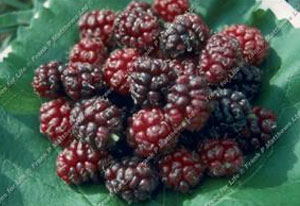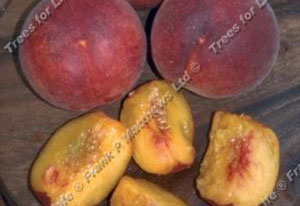
Peach – Garden Lady
A genetic dwarf peach with beautiful pink flowers. The fruit has yellowish flesh which is sweet and juicy. It is best used as a patio tree. As with Nectarine Nectarella, if grown in a pot, this tree can be moved inside during the … Read More
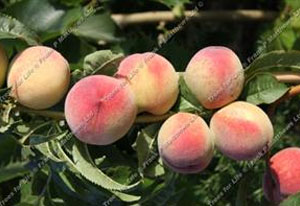
Peach – Peregrine
Still the most revered of all white fleshed peaches. The flavour is intense and rich. Heavy cropping and suitable for sheltered situations. Freestone. (Rivers of Sawbridgeworth 1906)

Peach – Rochester
The largest and most suitable of yellow fleshed types for outdoor cultivation. The flavour is very good with soft and juicy texture. Reliable cropper. Flowers late, missing early frosts.

Pear – Williams’ Bon Chretien
A good early eating variety, medium-large, pale green turning to golden yellow. Very juicy and sweet. Regular good cropper. (Aldermaston, Berkshire 18th Century)
Plum – Avalon
Big round oval, red fruits. Strong tree ,shy cropping in its early years. Partially self fertile (Bristol circa 1980)

Plum – Czar
Prince Englebert x Early Rivers. So named, as the first year it fruited was 1874, the year Tsar Alexander II visited Britain, the last Russian head of state to visit before President Putin in 2003. A medium, dark purple plum with a … Read More
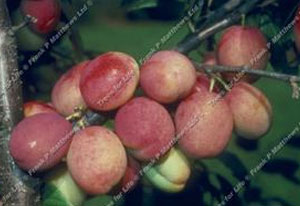
Plum – Victoria
Oval, bright red fruit in late August-early September for dessert, bottling or canning. A clean freestone. Unfortunately disease prone but tolerable considering the quality and quantity that this variety produces. The most popular plum even to this day. (Sussex 19th Century)
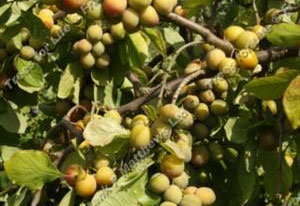
Plum – Warwickshire Drooper
An old favourite. Always crops well and regularly. Large yellow fruit, very juicy and good for eating and cooking. The tree has a spreading, drooping habit from which it was named. In its county of origin this variety was fermented into an alcoholic drink … Read More
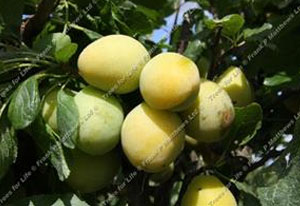
Plum – Yellow Pershore
The fondly named ‘yellow egg’ plum traditional to the West Midlands. A large ,reliable cropper for dessert as well as the ideal bottling plum. Self fertile. (Worcestershire 19th Century)


